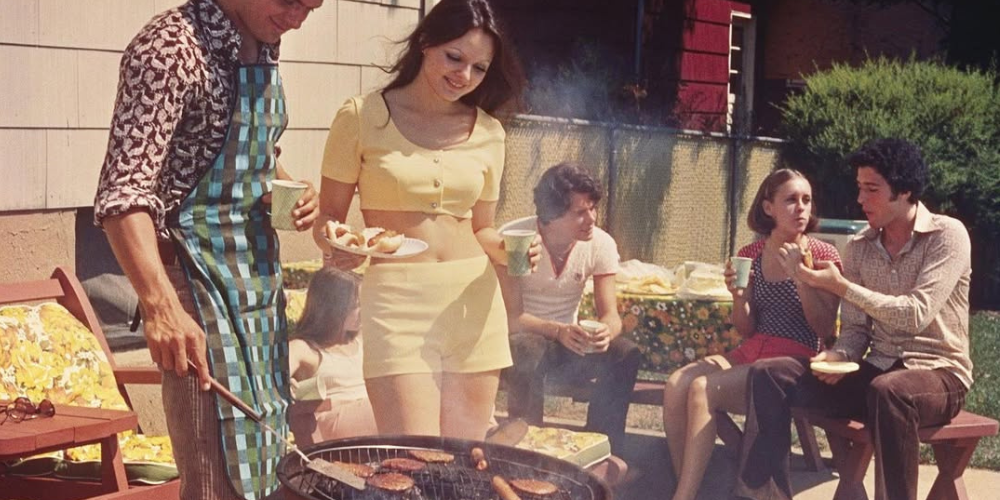With the Coronavirus showing no signs of stopping anytime soon, there’s just one question on all our minds, ‘When will the world’s scientists come up with a vaccine?’ To understand that, it’s important to go behind the scenes and take a look at how it all works.
The mumps dose, in particular, was made in just four years. How did this medical miracle happen? Read on to find out.
The Backstory
The man behind the discovery of Mumps vaccine
Dr. Maurice Hilleman was a microbiologist who specialized in vaccinology at Merck, a famous pharmaceutical company. In 1963, his daughter, Jeryl Lynn, came down with the mumps. Hilleman took a swab from her to cultivate the mumps virus in chicken embryos.
Four years after that, Mumpsvax was licensed and marketed as the world’s first effective vaccine against this virus. The same strain is still being used in the MMR dose that is given to infants.
Mumps used to infect around 186,000 children a year in the United States alone. Today, that number has gone down to a mere 1000 or less. While it may seem like the vaccine was created in record time, the truth isn’t as straightforward.
The first hunt for immunization against mumps actually began during World War II.
Mumps During World War II

Mumps infected soldiers in World War II
While mumps isn’t particularly dangerous to children, it is debilitating in adult men and can cause severe pain. During the war, if there was a case of mumps, it was bound to spread to the whole camp.
The threat from both measles and mumps was serious enough to be considered a national security issue.
The biggest obstacle faced when developing a vaccine is growing enough amounts of the virus. The discovery that one can grow the mumps virus in chicken embryos was made in 1945 by two American research teams.
Based on this research, the first experimental mumps vaccine was produced by Karl Habel. This was tested on 2825 West Indian workers, and it proved to be around 58% effective.
Unfortunately, by then, World War II had passed as had the need for an antidote. Illnesses like the flu and pneumonia became a bigger concern.
The Polio Vaccine

Gorlov-KV/shutterstock: This is how Polio helped in the discovery of Mumps vaccines
The polio vaccine developed by John Enders in the 1950s showed researchers how to create a weakened virus that would trigger an immune response without causing an infection. Had it not been for Enders’ culturing techniques, Hilleman would have taken longer to develop the mumps inoculation.
When Mumpsvax was licensed, there was no real market for it. Childhood mumps wasn’t considered a serious illness. It was only after Merck created the MMR doses that more children started to be vaccinated against it.
Hilleman deserves credit for his vaccine work, but without prior research, his work wouldn’t have been as easy.
The best minds of the world are currently working on a cure for COVID-19, but it’s going to take time, effort, and research. One can’t always get as lucky as Hilleman with the mumps vaccine, but there’s always hope.






